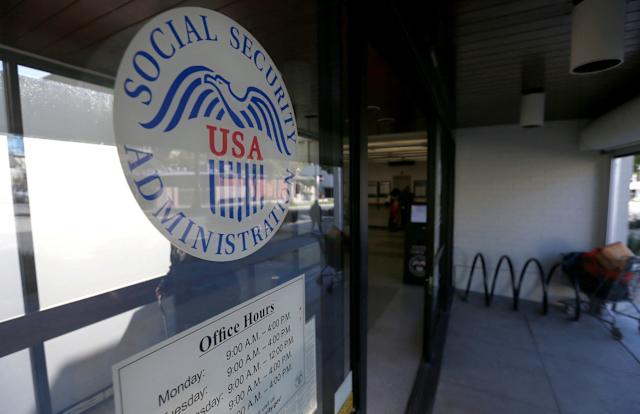The cost-of-living adjustment (COLA) that determines how much Social Security beneficiaries will receive in 2026 has been revised upward, offering a glimmer of hope to millions of retirees. However, the broader economic landscape—particularly the impact of new tariffs on imported goods—may shape the final outcome.
What Is COLA and Why It Matters
Each year, the Social Security Administration (SSA) adjusts benefits based on inflation to ensure recipients maintain purchasing power. This increase, known as the Cost-of-Living Adjustment (COLA), is tied to changes in the Consumer Price Index for Urban Wage Earners and Clerical Workers (CPI-W) from the U.S. Bureau of Labor Statistics (BLS).
For 2026, The Senior Citizens League (TSCL)—a nonpartisan advocacy group—has revised its COLA estimate from 2.2% to 2.3%, based on current CPI-W trends. This follows the most recent CPI-W data that showed a 2.4% increase over the past 12 months.
Though modest compared to the 5.9% or 8.7% hikes seen in recent years, the upward revision reflects ongoing inflation concerns, particularly as the global and domestic economies adjust to policy shifts.

How Tariffs Could Influence Inflation—and COLA
Tariffs, which are taxes on imports, can lead to higher consumer prices. The Biden and Trump administrations have both used tariffs in different contexts, but recent headlines suggest the potential return of widespread tariffs on medical supplies, consumer electronics, food, and manufactured goods, particularly from China.
If imposed, these tariffs could trigger inflation by raising the cost of goods, especially essentials. Since COLA is directly tied to inflation, a higher inflation rate could result in a higher COLA next year.
“If tariffs increase prices at the grocery store or pharmacy, those price hikes will be reflected in the inflation index that calculates COLA,” says Mary Johnson, Social Security and Medicare policy analyst at TSCL.
However, there’s a catch. If tariffs discourage spending, consumer demand may drop, and economic growth could slow. A slower economy might eventually dampen inflation, thereby reducing the size of the COLA adjustment.
When Will the Official COLA Be Announced?
The Social Security Administration will announce the official 2026 COLA in October 2025, based on the average CPI-W data from July to September 2025.
Until then, estimates will continue to fluctuate as inflation data and economic conditions evolve. Retirees, disabled workers, and other Social Security beneficiaries are encouraged to monitor official announcements from the SSA (ssa.gov).
What Does a 2.3% COLA Mean for Recipients?
If the current estimate of 2.3% holds:
- A retiree receiving $1,800 per month would get a monthly increase of around $41, totaling $492 more annually.
- For those on Supplemental Security Income (SSI), the average monthly benefit of $943 could increase by approximately $21.69.
While this is a modest gain, many seniors worry it may not be enough to keep pace with rising housing, healthcare, and food costs.

Concerns Over Buying Power
According to TSCL, Social Security benefits have lost more than 30% of their buying power since 2000 due to rising expenses and slow COLA growth. That’s why even small inflation-driven adjustments matter.
Retirees living on fixed incomes are especially vulnerable to policy shifts like tariffs, which can silently affect their standard of living.
Final Thoughts
With the 2026 COLA now projected at 2.3%, Social Security beneficiaries are bracing for changes that could be influenced by tariff-driven inflation and broader economic trends. While some may hope for a larger adjustment, others worry about the ripple effects of rising costs.
As always, staying informed is key. Watch for CPI updates from the Bureau of Labor Statistics (BLS.gov) and official COLA announcements on the Social Security website.
This article has been carefully fact-checked by our editorial team to ensure accuracy and eliminate any misleading information. We are committed to maintaining the highest standards of integrity in our content.

Deepak Grover is a dedicated content writer at OTE News, specializing in government affairs, public policy, and current events. With a keen eye for detail and a passion for factual reporting, he ensures readers receive accurate and insightful news. Deepak holds a degree in Political Science and has experience in research-driven journalism.
When not writing, he enjoys reading historical books, exploring hiking trails, and staying updated with global political trends. His commitment to ethical journalism makes him a trusted voice at OTE News.




